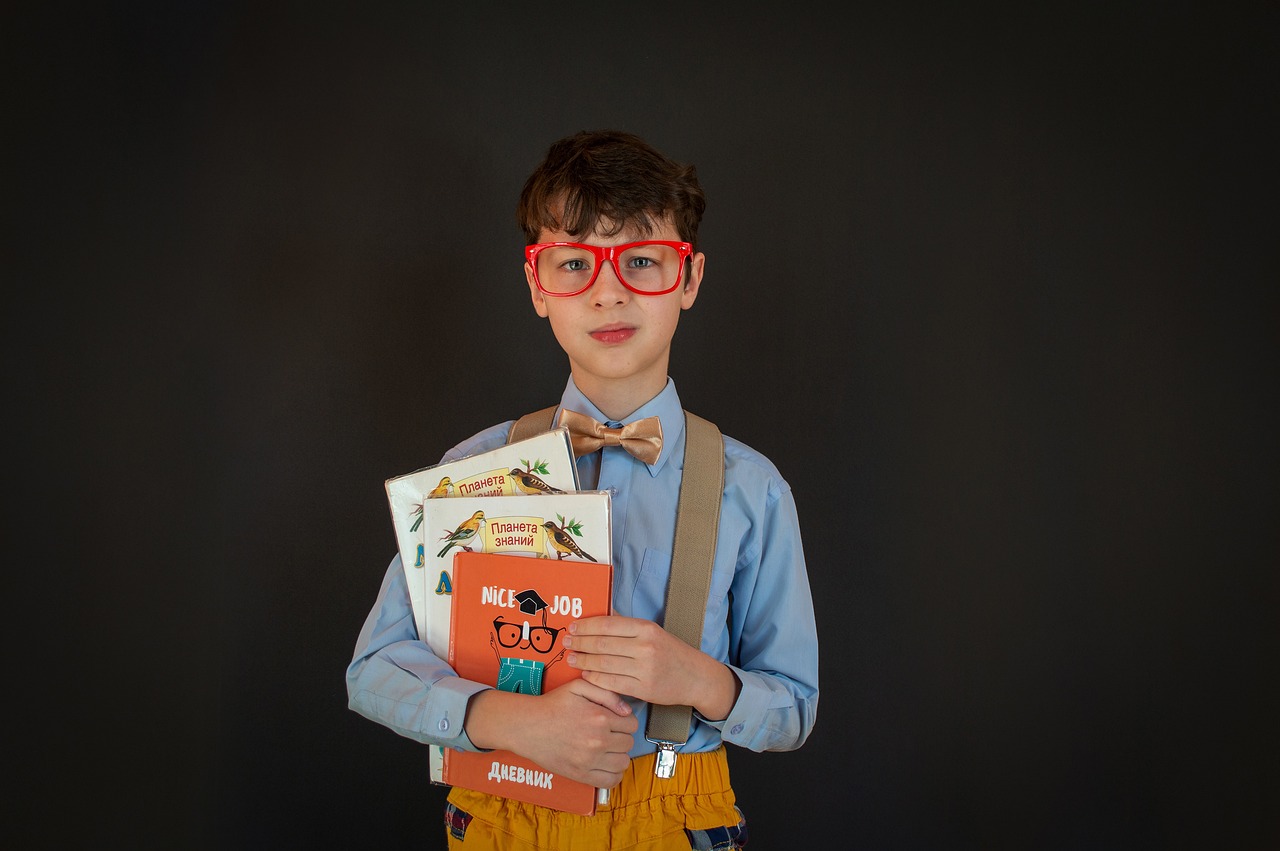The Role of Education in Promoting Biodiversity Conservation
Preserving biodiversity is crucial for maintaining the balance of ecosystems and ensuring the stability of our planet’s natural resources. Each organism, whether plant, animal, or microorganism, plays a unique role in the web of life. A loss of biodiversity can lead to cascading effects, impacting food chains, pollination processes, and overall ecosystem resilience.
Biodiversity conservation not only safeguards our environment but also has direct benefits for human well-being. Many essential resources such as medicine, food, and clean water are derived from natural ecosystems. Protecting biodiversity is therefore essential for securing these resources for current and future generations.
The Link Between Education and Biodiversity Conservation
Education plays a pivotal role in fostering a deep understanding of biodiversity conservation. By integrating topics related to nature, ecosystems, and wildlife into educational curricula, students are provided with valuable knowledge about the significance of preserving various forms of life on Earth. Exposure to such information at an early age instills a sense of responsibility towards protecting the environment for future generations.
Furthermore, education empowers individuals to make informed choices that contribute to biodiversity conservation. Through learning experiences that highlight the interconnectivity between humans and the natural world, people develop an appreciation for the ecological balance required for sustainable living. By promoting environmental literacy, educational initiatives can inspire individuals to take action towards safeguarding biodiversity through practices that prioritize conservation and ecological harmony.
Raising Awareness Through Education
Education plays a crucial role in raising awareness about the importance of biodiversity conservation. By incorporating environmental studies into school curriculums, students are exposed to the significance of preserving diverse ecosystems and the impact of human activities on the environment. Through educational programs and initiatives, individuals of all ages can gain a deeper understanding of the interconnectedness of all living organisms and the importance of maintaining a balanced ecosystem.
Furthermore, educational institutions can provide opportunities for hands-on learning experiences, such as field trips to nature reserves or wildlife sanctuaries. These practical experiences allow students to witness firsthand the beauty of biodiversity and the need to protect it for future generations. By instilling a sense of stewardship and responsibility towards the environment, education empowers individuals to take action and make informed decisions that contribute to the conservation of biodiversity.
• Education is key in raising awareness about biodiversity conservation
• Environmental studies in school curriculums expose students to the importance of preserving ecosystems
• Educational programs help individuals understand the interconnectedness of living organisms
• Hands-on learning experiences, like field trips, allow students to witness biodiversity firsthand
• Education instills a sense of stewardship and responsibility towards the environment
Why is biodiversity conservation important?
Biodiversity conservation is important because it helps maintain the balance of ecosystems, provides essential resources for human survival, and supports a healthy environment.
How does education play a role in biodiversity conservation?
Education plays a crucial role in biodiversity conservation by raising awareness about the importance of protecting and preserving our natural resources. It also helps individuals understand the impact of their actions on the environment.
How can education help in raising awareness about biodiversity conservation?
Education can help raise awareness about biodiversity conservation by teaching people about the value of biodiversity, the threats it faces, and the actions that can be taken to protect it. By educating individuals, we can inspire them to become advocates for conservation efforts.
What are some ways to incorporate biodiversity conservation education into schools?
Schools can incorporate biodiversity conservation education into their curriculum by including topics on ecosystems, species diversity, conservation strategies, and the importance of protecting natural habitats. Field trips to nature reserves or wildlife sanctuaries can also provide hands-on learning experiences.
How can individuals contribute to biodiversity conservation efforts?
Individuals can contribute to biodiversity conservation efforts by practicing sustainable living habits, supporting conservation organizations, volunteering for environmental projects, and advocating for policies that protect natural habitats and wildlife. Every small action can make a difference in preserving biodiversity for future generations.







